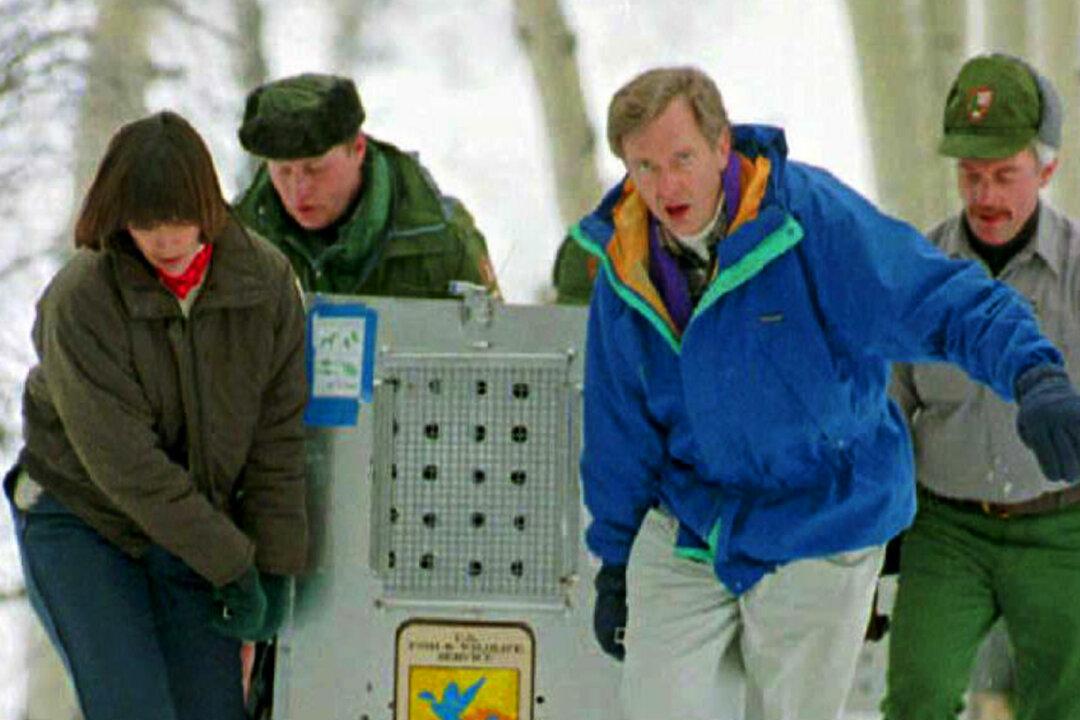Yellowstone National Park is the largest park of its kind in the world. But it hasn’t always looked the way it does today, and that’s because Yellowstone isn’t just a national park; it’s the site of an extraordinary experiment.
In 1995, the U.S. Fish and Wildlife Service and a team of Canadian biologists captured 14 wolves from Jasper National Park in Alberta, Canada, for reintroduction to Yellowstone. It was the first time that gray wolves had inhabited this terrain since their extermination in 1926.




